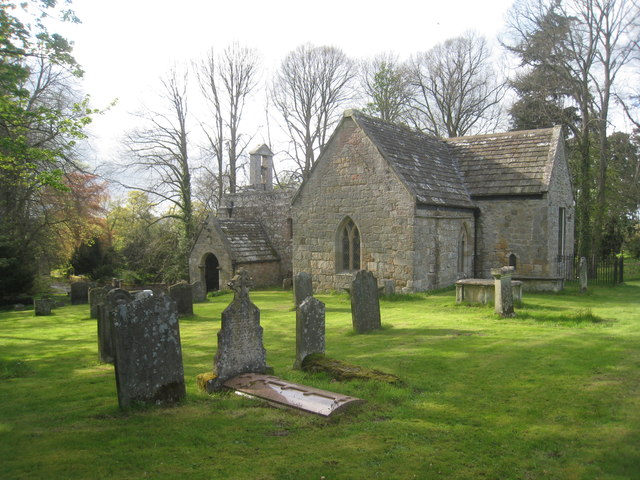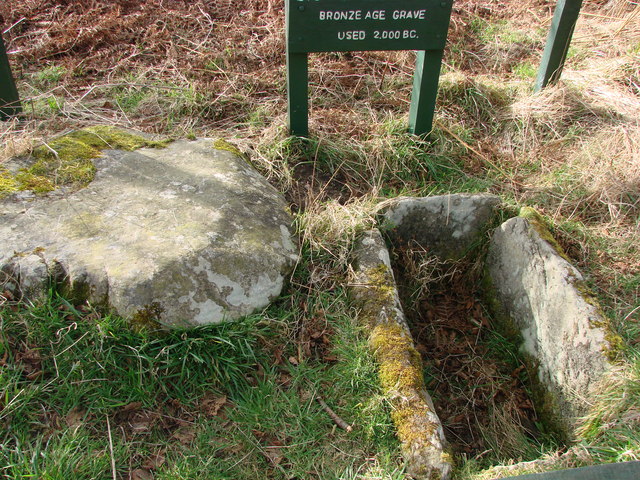Topics > Northumberland > Civil Parishes in Northumberland > Chillingham Civil Parish > Chillingham Parish, 1848
Chillingham Parish, 1848
CHILLINGHAM (St. Peter), a parish, in the union of Glendale, E. division of Glendale ward, N. division of Northumberland; containing 459 inhabitants, of whom 217 are in the township of Chillingham, 5 miles (E. by S.) from Wooler. The parish is situated on the river Till, which flows through the centre of it, in a direction from south to north, and falls into the Tweed at Tilmouth. It comprises, with the townships of Hebburn and Newtown, 4,925a. 3r. 25p., of which 1,794 acres are arable, 2296 pasture, and 835 woodland; the surface is in many parts richly embellished. The soil is various, but the greater portion exceedingly fertile: coal and limestone are found, the latter being quarried for burning into lime; and there are quarries of stone for building and other purposes. The parish belongs to the Earl of Tankerville, whose seat, Chillingham Castle, is a very ancient structure; the north-east tower dates back to the time of Henry III.: the building probably became dilapidated during the war of the Roses, and the centre was rebuilt in the reign of James I. In the park is a breed of wild cattle, the only one in the island, and supposed to be the same as was found before the time of the Romans; the animals are white, with a tinge of red on the ears. The living is a vicarage as to the townships of Chillingham and Newtown, and a rectory as to Hebburn, and is valued in the king's books at £4; patron, the Bishop of Durham; impropriator of the remainder of the great tithes, the Earl of Tankerville. The tithes have been commuted for £384, and the glebe comprises nearly 2 acres, with a glebe-house. The church is an ancient and small edifice, with a Norman doorway; in the chancel is a richlysculptured monument, temp. Henry VII., to Sir Ralph Grey, whose father was killed at the battle of Towton, and whose grandfather was beheaded by Henry V., with Lord Cobham, after the Lollard outburst. On an eminence eastward from Chillingham Park is a double intrenchment, called Ros Castle, supposed to be a British fort; in the park is an ancient camp. At Newtown is a cross, termed the Hurle Stone, which is twelve feet high.
Extract from: A Topographical Dictionary of England comprising the several counties, cities, boroughs, corporate and market towns, parishes, and townships..... 7th Edition, by Samuel Lewis, London, 1848.

Co-Curate Page
Chillingham
- Overview About Chillingham 1872 Description Map Street View Chillingham Castle Italian Gardens St Peter's Church West Lodge East Lodge Chillingham Park Wild Cattle Deer Sheds Fountain Hepburn Bastle Chillingham is …

Co-Curate Page
Hepburn
- Overview Map Hepburn is a hamlet in Northumberland, historically within the parish of Chillingham, now Tillside . It had been a larger medieval village, but this was largely deserted by the …

Co-Curate Page
Newtown, Northumberland (near Chillingham)
- NEWTON, a township, in the parish of Chillingham, union of Glendale, E. division of Glendale ward, N. division of the county of Northumberland, 3½ miles (E.S E.) from Wooler; containing …


Co-Curate Page
Chillingham
- Overview About Chillingham 1872 Description Map Street View Chillingham Castle Italian Gardens St Peter's Church West Lodge East Lodge Chillingham Park Wild Cattle Deer Sheds Fountain Hepburn Bastle Chillingham is …

Co-Curate Page
Hepburn
- Overview Map Hepburn is a hamlet in Northumberland, historically within the parish of Chillingham, now Tillside . It had been a larger medieval village, but this was largely deserted by the …



